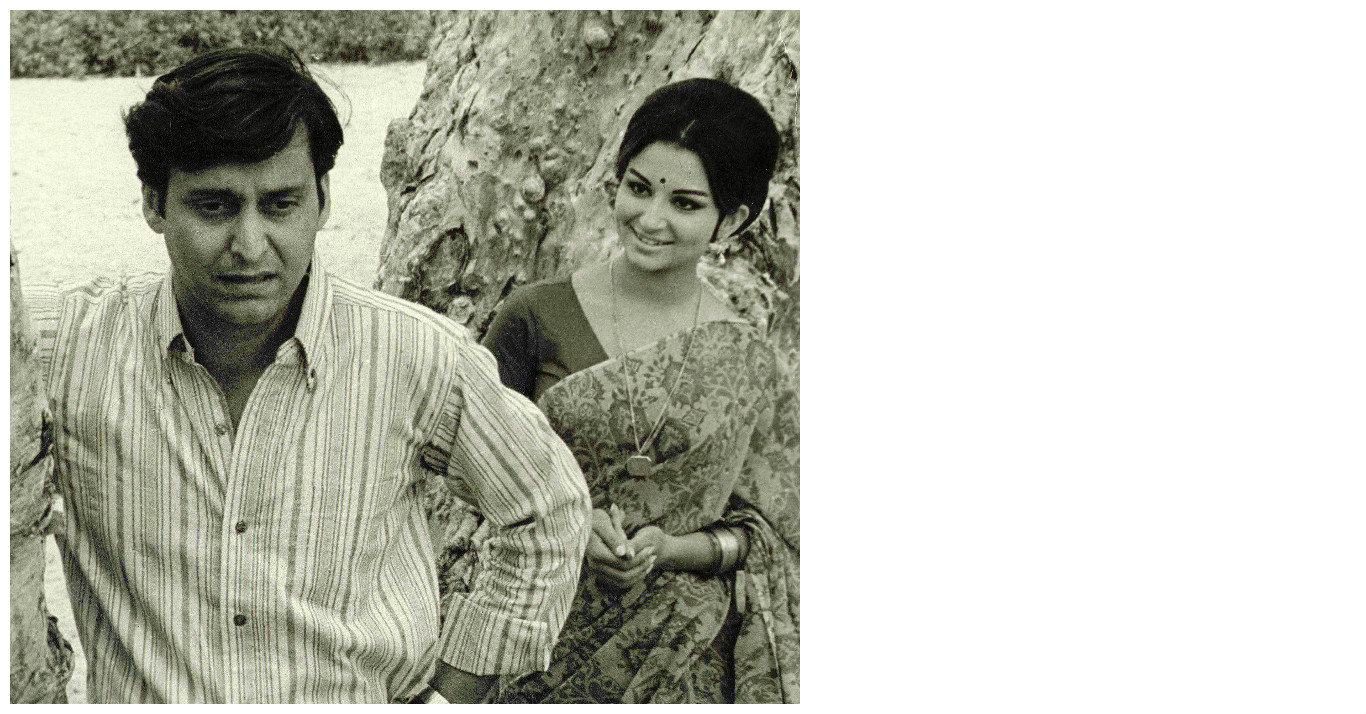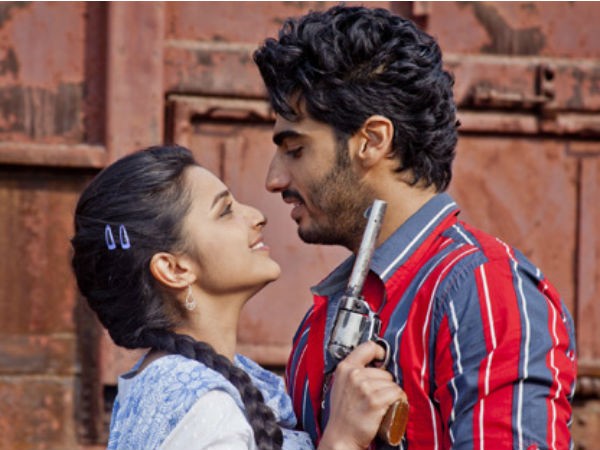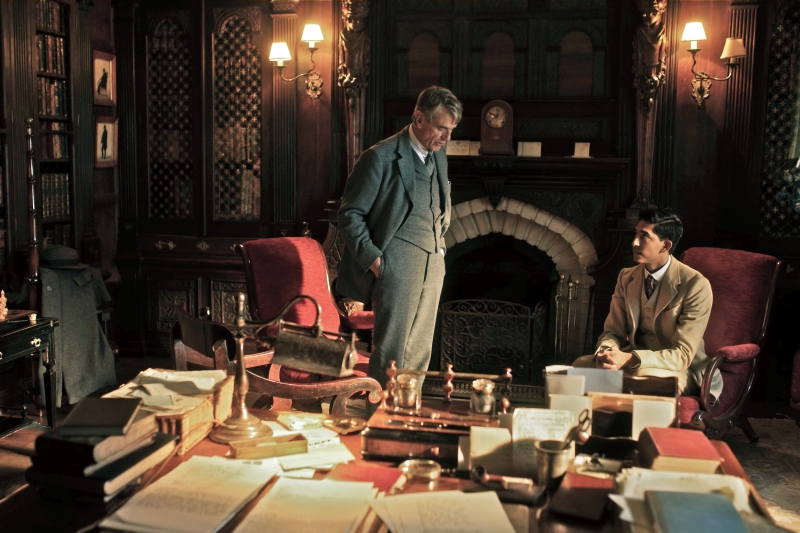Aranyer Din Ratri
Aranyer Din Ratri
5 stars out of 5 (Outstanding)
Director : Satyajit Ray
Bengali (English subtitles available), 1970
Film opens with a shot of paddy fields while a man travelling with his pals in a car, reads the following - " Bengali people are as happy looking at seasons and nature, as they are at looking death in the face". Now I’m not very sure whether this statement is true, but I suspect that this kind of cultured stoicism aptly applies to the director of this movie - Satyajit Ray. Four friends - all young men from Calcutta- go into a forest and plan to stay in a rest house there, while aspiring to have sexual fun with the dark-skinned tribals who are presumed to be liberal in such matters. Of course, this sort of plot is not standard territory for the said director but even with this unlikely template, Ray directs his masterly rays of perspective to illumine the hinterlands and give larger wings to a fledgling premise.
Ashim, Hari ,Sanjay and Shekar are four youths who journey into a forest retreat for thier holidays. We steadily note that Ashim (Soumitra Chatterjee) is the gentle leader of this group. They plan to spend about four to five days in this relaxed wilderness, and their to-do list incudes the above-mentioned thrills. The athletic Sanjay particularly has this on his mind, as he has lost his lady over a tiff. And he soon marks out a tipple-loving young woman from the tribes (played by Simi Garewal) Hari is short, spirited, shy before the girls, rather impulsive and provides some of light-hearted touches to this story but as this is mature cinema we are spared the loony dabs of background music which would have punctuated his shenanigans.
The script then starts giving us amusing but observant scenes. Hari has not brought his shaving razor, and asks his friends for it, but after checking with everyone else that one one intends to shave, he cancels this agenda and rests easy. Sanjoy and Ashim sit on the veranda hearing the tinkling of cowbells - they interpret it as beautiful music - and as they restfully smoke, one of then says "The longer we stay here, the more our longevity will be".
The foursome have not booked their bungalow beforehand by taking permission of the Conservator, and resort to bribing the protesting caretaker. As the wad of cash is (gr)eased into palms, one of the men says in the background "Thank God for corruption". They are not too concerned either that the caretaker’s wife is ailing, and that he may lose his job because of this breaking of rules. The condition of the tribals too mean nothing to them except as a source of random background presence and some carnal cavorting. Of course, when you are on holiday you are not expected to be a full-time social worker, but the group’s insidiously thoughtless and even occasionally cruel behaviour starts to weigh on the mood.
Though it is not set in the city or even a village, the film is a composite shot of civilization in decline. But in Ray’s world, there is always hope, a calm sense of being obliged to emerge from the ruins, and in Aranyer Din Ratri we also see a beautiful example of strong but tranquil feminism.
This latter aspect emerges in the form of Sharmila Tagore who registers a great performance in this movie. In Ghare Baire, Ray made Victor Banerjee essay a model man, and here he has Sharmila Tagore giving us a portrait of the model woman. Before attending to matters of mind, let me elaborate why she qualifies here as a splendid visual example of Indian feminity. Kohl-lined beautifilly curving eyes, luxuriant hair coiffed into a bouffant, and a softly contoured figure clothed in sari ,all set off a face that can essay feminine mystique as smoothly as it can show child-like amusement. In the intro scene, she appears in a Western dress of silk top and trousers that also suit her. She plays Aparna, affectionately called Rini, who has come for a short visit with her sister-in-law to this neck of the woods where her father has a vacation house. The group of men wander into the perimeter of this household and are welcomed with hospitality. The bold Ashim with passive cunning manages to get some time alone with Rini and when he goes through artworks in her room - the books include New American drama, Agatha Christie, the helpfully titled "The Survival of God and Scientific Age" and the music spans Sitar, Mozart and Jazz . He looks up with reinforced interest and states "No you cannot be understood clearly..or at least immediately". Aparna takes her time, and it appears that she is not in a hurry to throw this man out of her house.
Technically too, this is an accomplished film with superior camerawork by Soumendu Roy. There is a famous static shot in which the lens stands just outside the car window and looks inside, through the car compartment, and past the other window into the background .The ladies give a surprise visit to the men who are bathing by the well. From front to back, there are four visual layers here and also four emotional planes. Nearest to us Rini sits looking glamorous in those oversize 60s dark goggles - she catches sight of the bare chested Asim and looks away, turning towards the camera, demurely smiling. Seated next to her is Jaya - the least excited of the lot. Standing just outside the car and being cloyingly polite is Shekar. And in the far background, rather proud of his exposed masculine crest , gazing silently and calmly at Rini is Ashim. All of this is covered in one unmoving frame- a superb cinematic capture.
The other memorable sequence is the Memory Game wherein all the players are seated in a circle, each one has to name a famous personality and the next person has to recollect all the personalities named by players before him or her in the correct sequence. In one particular shot, the camera does a step-wise rotation ,capturing each face in each frame as it swivels around to record their answers. When her turn comes, Rini recollects other names and adds her own contribution by saying "Cleopatra". Other players all point at their respective mates while trying to associate and recollect who said what, but on Tagore’s turn her head does not move, only her eyes arc around, the eyebrows sometimes arch as she plucks the answers from memory with deep confidence, the barest hint of hauteur and a scintilla of a smile. Aparna, it is steadily revealed, is gifted intellectually, bears the weight of the past, nurtures a humane mind and yet sequesters all these facets beneath a regally controlled visage that can hint at displeasure as beautifully as it can sport a smile. Though other acts in this film are all solid, Sharmila Tagore outclasses them all.
Instrumental music does not make a mark in the film, but a melodious spiritual song is sung by an elderly gent - Rini’s father- while sitting in the veranda of his forest retreat. I just wonder what might have transpired had A.R.Rahman been able to work with Satyajit Ray. The result would have paralleled the Rahman-Ratnam or the Rahman-Gowarikar effect.
Starting with this script, countless other story-tellers might have produced a work of dissipated effect, but Satyajit Ray makes fine use of the novel by Sunil Gangopadhyay to present not just a sylvan jaunt enjoyed by four young men, but also an elegantly presented humanist tapestry. Some directors don’t need the Midas touch, they possess something greater.
UPN
UPNWORLD welcomes your comments.










0 COMMENTS
WRITE COMMENT